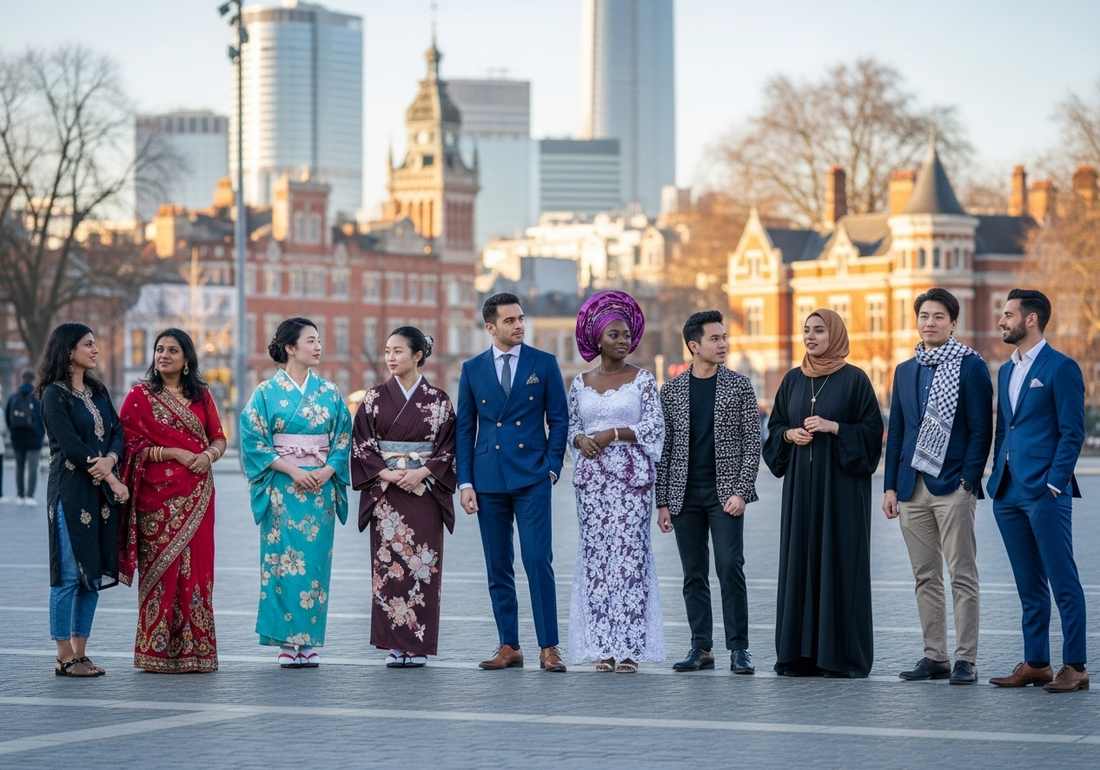
Cultural Dress Codes and Fashion Norms Across Regions
Clothing plays an important role in signaling cultural affiliation, regional identity, and adherence to societal expectations. Across the world, regional dress codes vary not only in form but also in symbolic meaning. These differences reflect long-standing traditions, environmental influences, and varying degrees of religious or ceremonial significance.
In East and South Asia, garments such as saris, cheongsams, or tunics remain prominent in formal and ceremonial settings. These pieces are often designed to indicate status, family heritage, or occasion type. Layering and draping are key features, and intricate construction is frequently used in design. In contrast, European and North American styles have typically followed a more structured format, based on trousers, jackets, and fitted tops. These garments are common in formal or business environments and have become widespread through industrial production and global fashion influence.
In regions such as the Middle East and parts of Africa, considerations around modesty influence the structure and layering of garments. In some cases, religious guidelines inform the way material is used to cover the body, head, or hair. In Sub-Saharan Africa, garments often emphasize symbolic prints, complex layering, and forms that reflect specific communities or heritage groups.
Global exchange has led to increased blending of dress codes. Traditional pieces are now often paired with global silhouettes, creating hybrid looks seen in cities and digital platforms around the world. However, despite the influence of global fashion media, many communities continue to maintain distinct approaches to ceremonial and daily dress.
Understanding cultural dress codes offers insight into the relationship between clothing and identity. These variations are not static but evolve alongside social, political, and economic developments, maintaining continuity while allowing space for reinterpretation.
